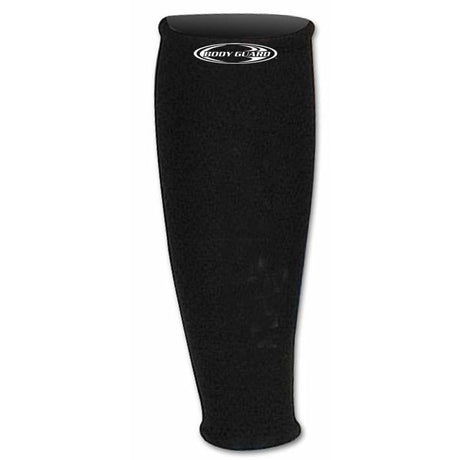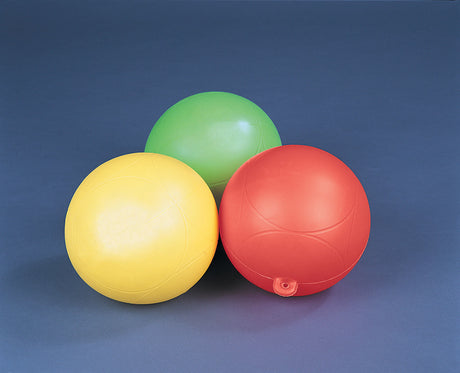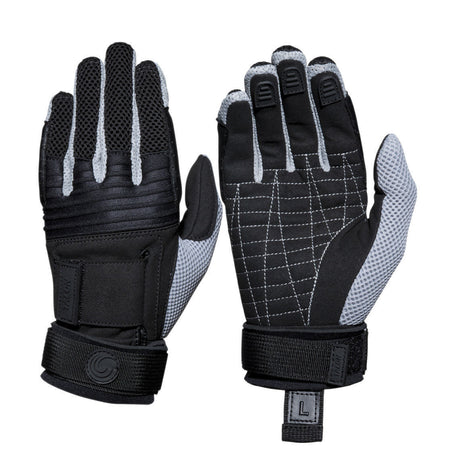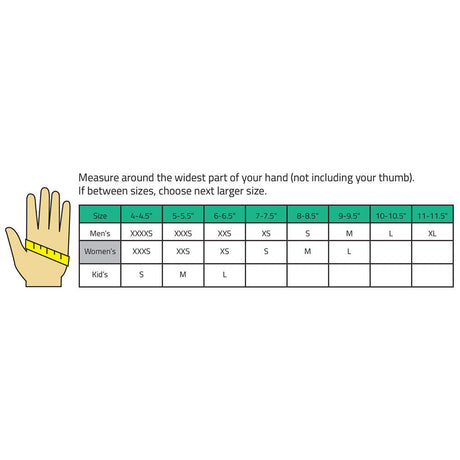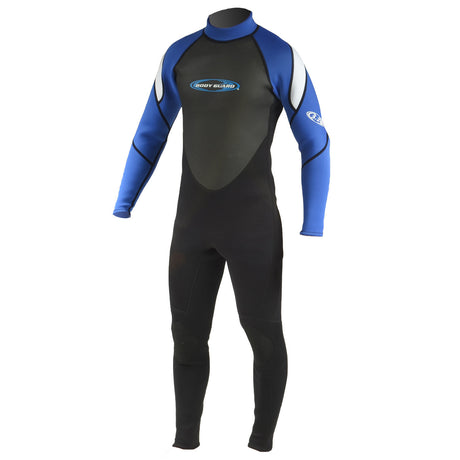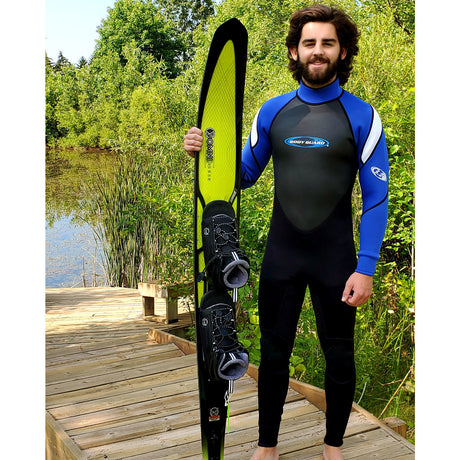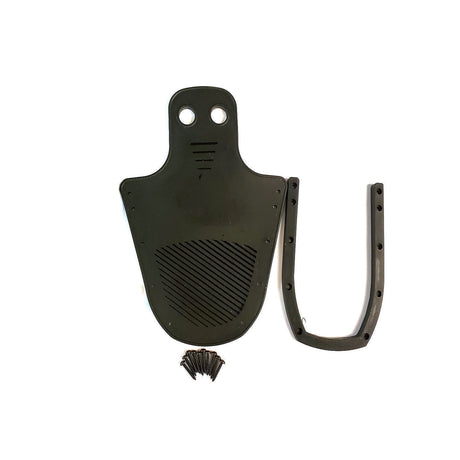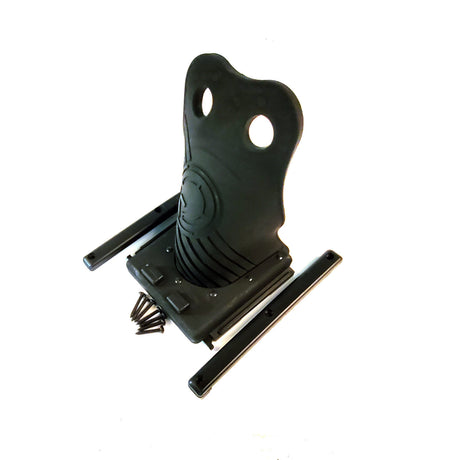Wakeboarding is an exhilarating watersport that combines elements of surfing, water skiing, and snowboarding. Whether you're a beginner learning the basics or an experienced rider looking to improve your skills, selecting the right wakeboard rope and handle is essential for a successful and enjoyable experience. In this guide, we'll explore the key factors to consider when choosing the perfect wakeboard rope and handle, including materials, length, and handle type.
Rope Materials
The material of the wakeboard rope plays a significant role in its performance and durability. Here are some common wakeboard rope materials and their characteristics:
1. Polyethylene (PE) Rope:
- Durability: PE ropes are highly durable and can withstand frequent use in various water conditions.
- Stretch: They have minimal stretch, which is crucial for maintaining consistent tension while riding.
- Weight: PE ropes tend to be heavier than other materials, which can affect the feel of the handle.
- Floatability: PE ropes tend to float, making them easy to spot in the water.
2. Spectra/Dyneema Rope:
- Strength: Spectra/Dyneema ropes are known for their incredible strength-to-weight ratio.
- Minimal Stretch: These ropes have very little stretch, ensuring consistent tension during the ride.
- Lightweight: They are lightweight, which can make the handle feel less cumbersome.
- Durability: Spectra/Dyneema ropes are highly resistant to UV rays and abrasion.
3. Spectra Fusion Rope:
- Combination: Spectra Fusion ropes combine the strength of Spectra/Dyneema with the durability of PE.
- Moderate Stretch: They offer a good compromise between minimal stretch and durability.
- Weight: These ropes are typically lightweight and manageable.
4. Poly-E Rope:
- Economical: Poly-E ropes are budget-friendly and suitable for beginners.
- Stretch: They have more stretch compared to other materials, which can affect riding performance.
- Durability: While not as durable as PE or Spectra ropes, they are still suitable for recreational riders.
When choosing a rope material, consider your skill level, riding style, and budget. Experienced riders often prefer Spectra/Dyneema or Spectra Fusion ropes for their minimal stretch and excellent performance. Beginners may opt for PE or Poly-E ropes for their affordability and forgiving stretch characteristics.
Rope Length
The length of your wakeboard rope can significantly impact your riding experience. Here are some guidelines for choosing the right rope length:
1. Rope Length for Beginners:
- 50-60 Feet: Beginners often benefit from shorter ropes (50-60 feet) as they provide better control and stability when learning basic maneuvers and getting up on the board.
2. Rope Length for Intermediate Riders:
- 60-70 Feet: Intermediate riders looking to progress and explore more advanced tricks can use ropes in the 60-70 feet range. This length offers more space to build speed and perform spins and jumps.
3. Rope Length for Advanced Riders:
- 70 Feet and Beyond: Advanced riders who aim for maximum speed and airtime typically prefer longer ropes, often exceeding 70 feet. These longer ropes allow for wider swings and higher jumps.
Handle Type: V-Handles vs. T-Handles
Another critical aspect of your wakeboarding setup is the handle type. Wakeboard handles are generally available in two primary shapes: V-handles and T-handles.
1. V-Handles:
- Comfortable Grip: V-handles have a curved, ergonomic design that provides a comfortable and secure grip.
- Versatile: They are suitable for various riding styles, from basic cruising to advanced tricks.
- Control: V-handles offer excellent control, making it easier to steer and adjust your position on the water.
2. T-Handles:
- Grip Placement: T-handles have a horizontal bar at the top, allowing you to grip it like the handlebars of a bicycle.
- Specific Use: T-handles are often preferred by riders who focus on performing spins and handle passes as they provide a solid grip for these maneuvers.
- Stability: They offer stability and control for riders who prefer this grip style.
The choice between V-handles and T-handles largely depends on your riding style and personal preference. Beginners and those who prefer an all-around handle may opt for V-handles, while advanced riders who specialize in advanced tricks may find T-handles more suitable.



